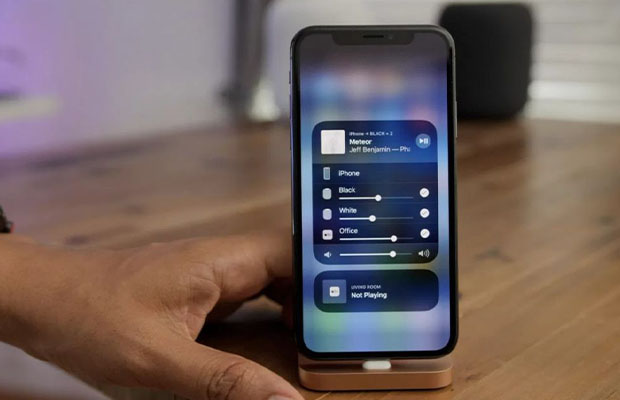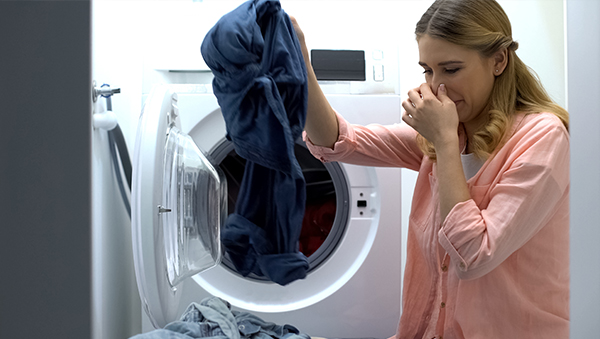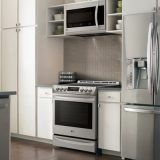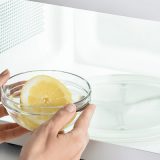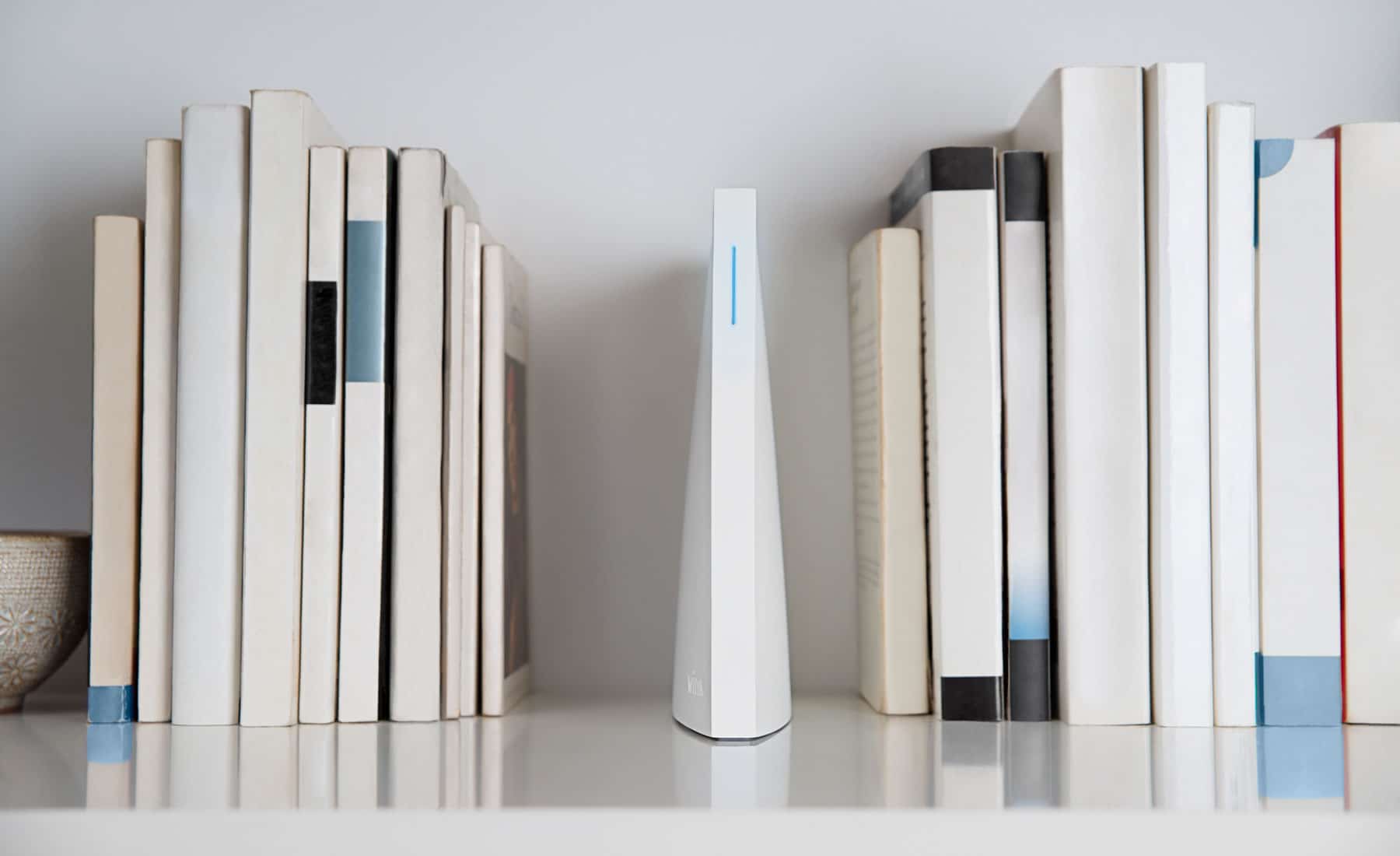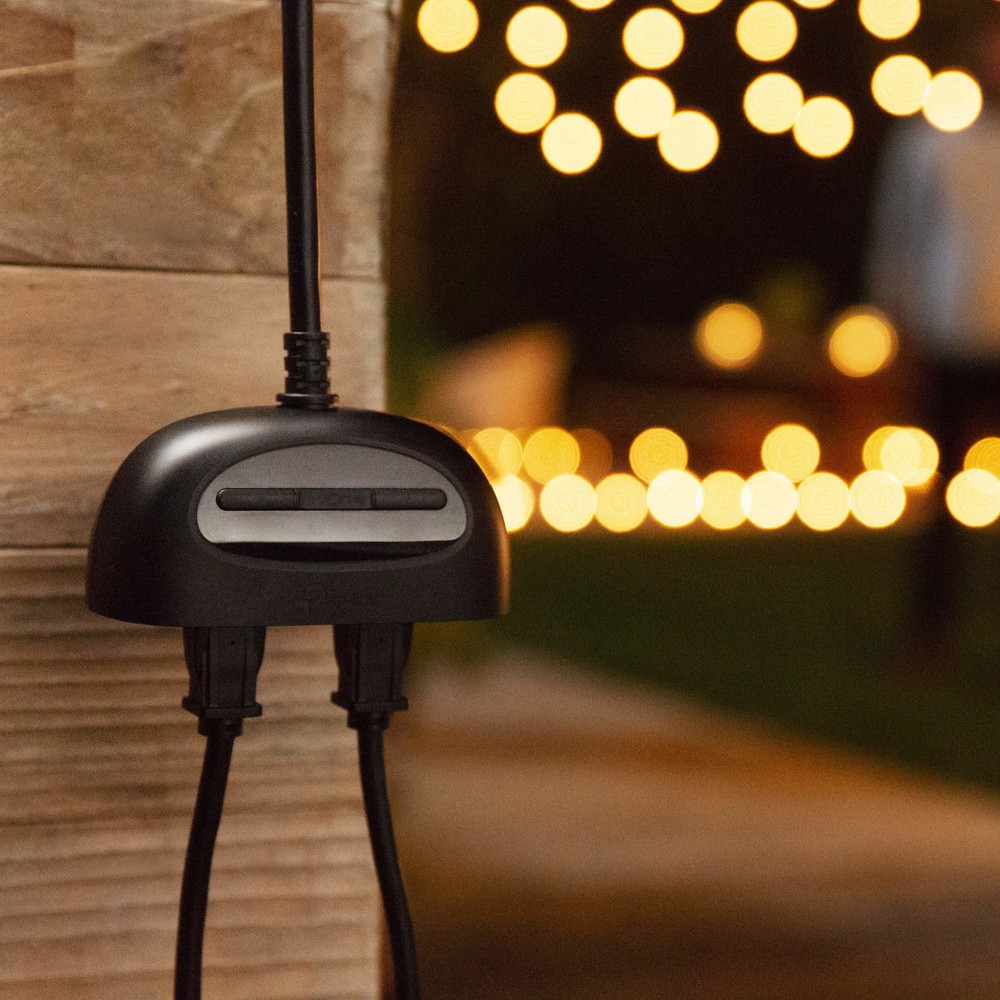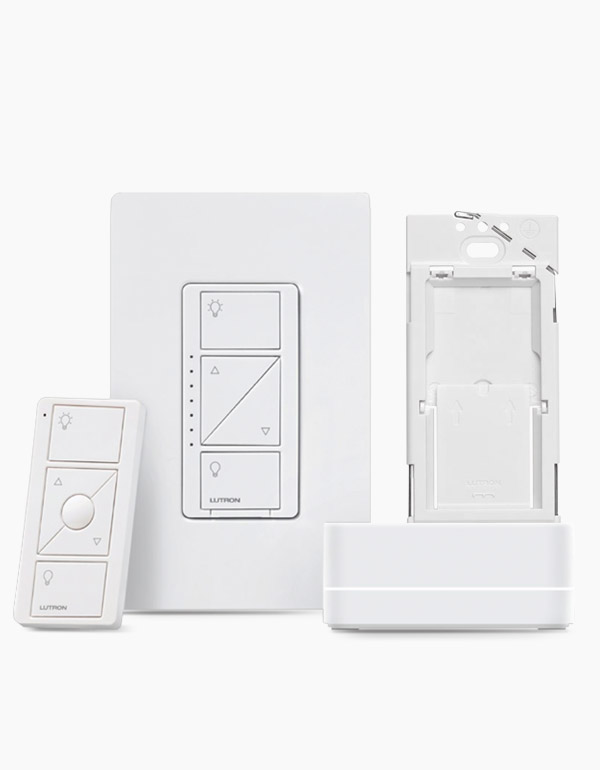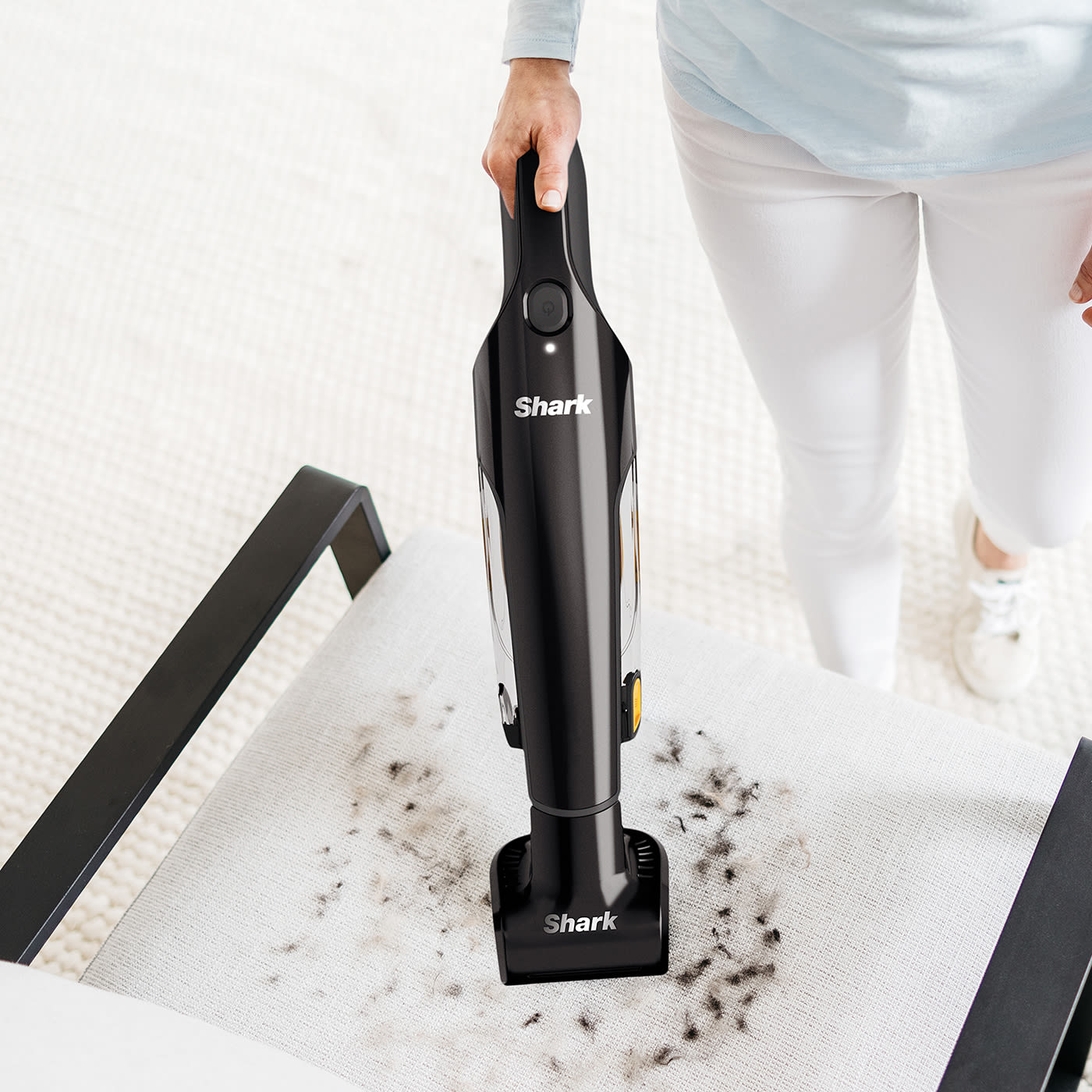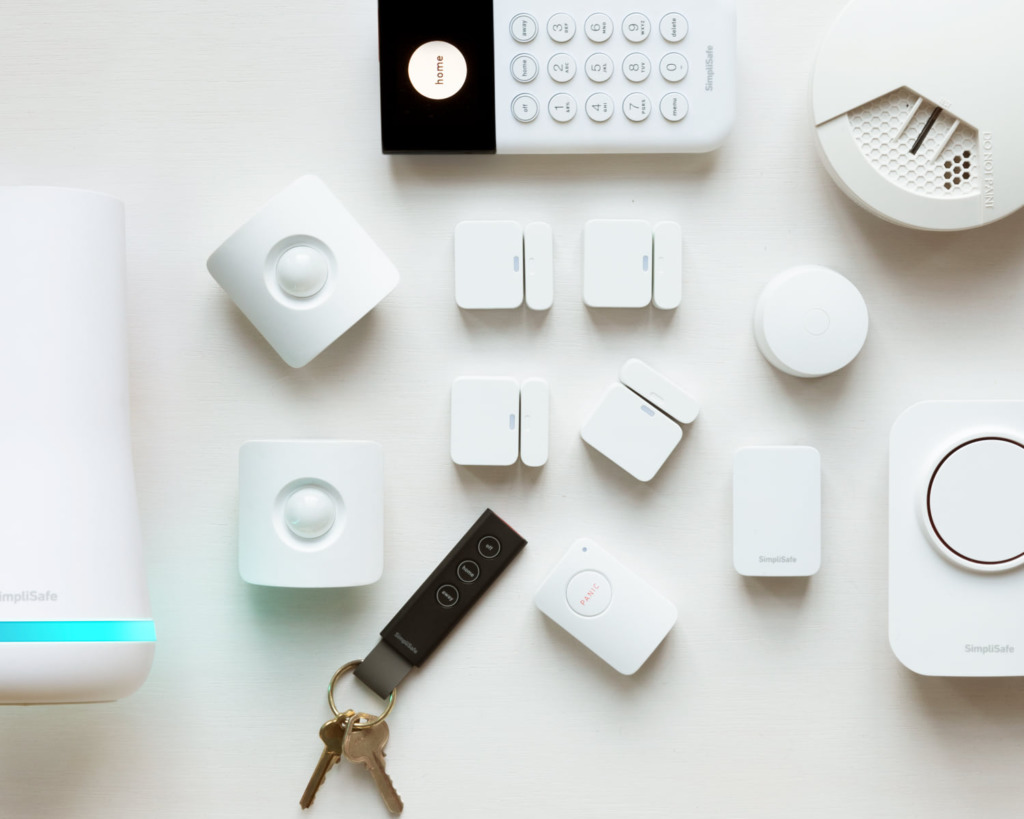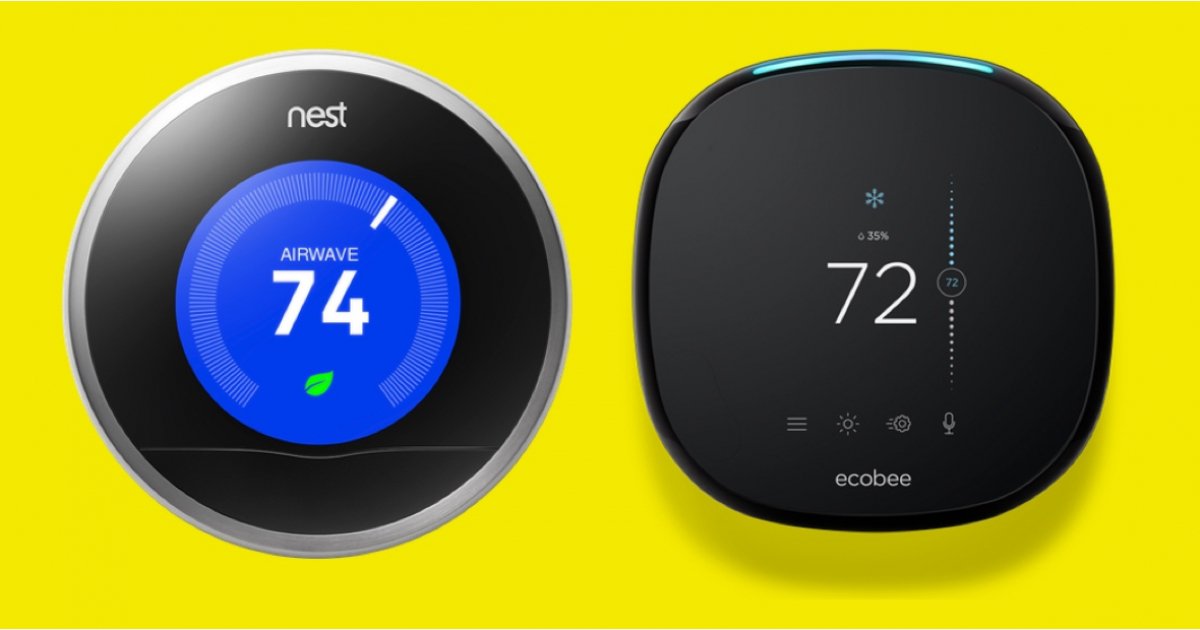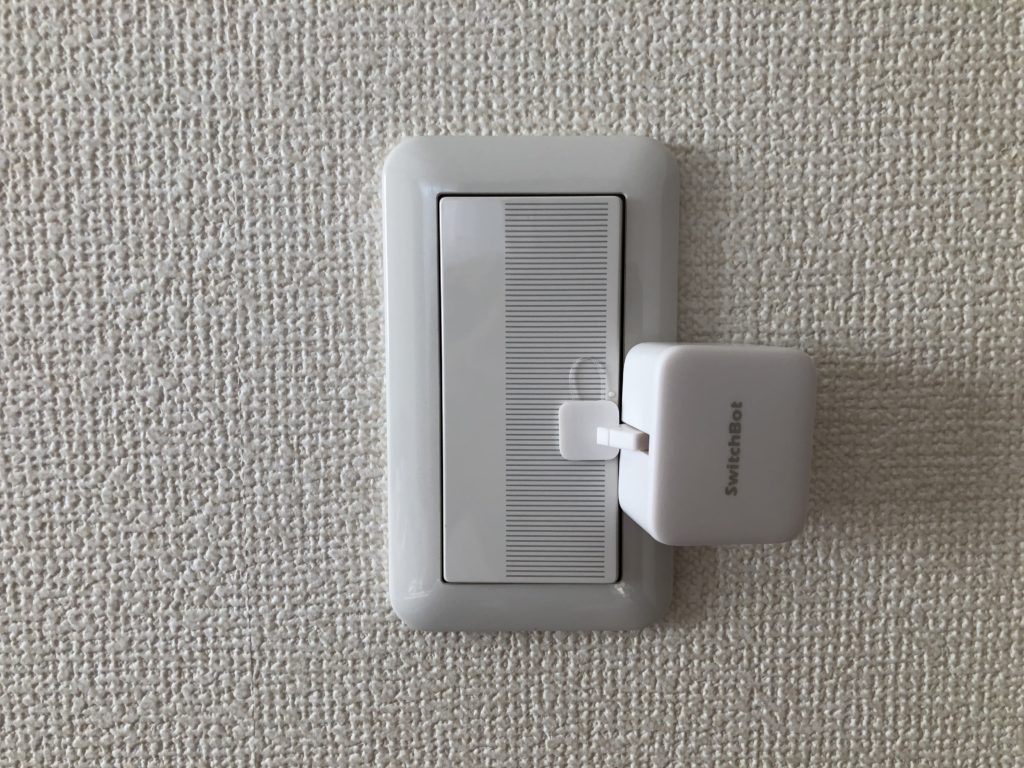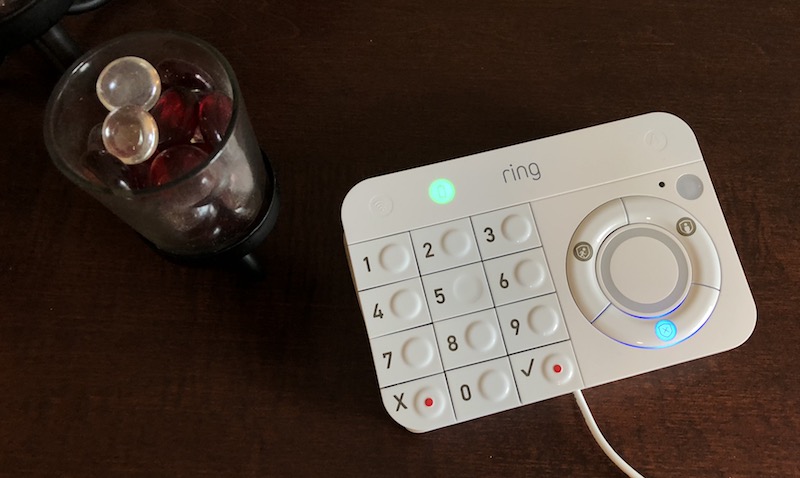If the ice machine freezes and ends up damaging the ice machine, it can be very expensive to fix. Ice can grow to the point where it can destroy important components. Fortunately, there is a way to determine when the ice machine is frozen, so you can prevent further damage to the unit.
Table of Contents
What is an Ice Maker Freeze Up?
When the ice on the evaporator plate cannot be released, the ice maker freezes. As the water continues to flow through the stuck ice, it continues to form a chunk of ice. Icing may prevent the ice maker from dropping ice or freezing too much, damaging the evaporator plate and leading to expensive ice maker repairs.
While freezing is easy to identify, the cause of freezing is not always easy to diagnose. Actually, there are several reasons why ice machines freeze. Often, the underlying problem must be addressed to prevent the ice machine from continuing to freeze.
What Cause Your Ice Maker Freeze Up?
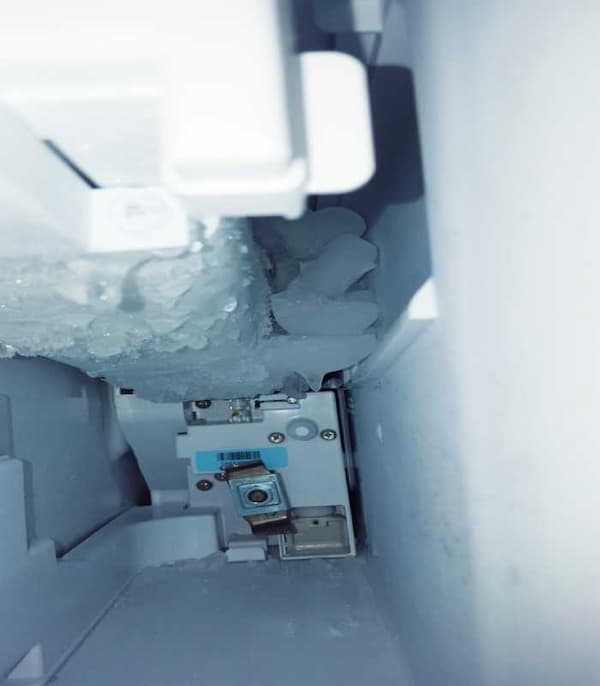
Ice machines freeze for several reasons. It’s hard to tell which one is affecting your ice maker, especially when everything is covered in ice.
I’ve arranged these fixes from the simplest to the most complex. Following these principles, one by one should give you the least resistance to solving the problem.
Unless otherwise specified, be sure to completely unplug the refrigerator/ice maker before performing any maintenance instructions.
Bin Control Malfunctions
The storage refrigerator control device monitors the amount of ice in the storage refrigerator. When the ice maker reaches its maximum capacity, it turns off the ice maker. Without the ice tank control, the ice machine will continue to make ice for 24 hours, which is the case when the ice tank control fails.
If the ice maker cannot be turned off, it will produce ice until the ice eventually accumulates through the drop zone and returns to the ice maker. Once the landing zone is blocked, the ice will not deposit, and the machine will freeze.
The best way to avoid this is to make sure that your ice machine has preventive maintenance by a qualified ice technician at least twice a year. If you find that your ice maker does not turn off after the freezer is filled, manually turn off the ice maker and call a professional ice maker technician as soon as possible.
Low Temperature
Setting the temperature too low in the refrigerator will mean that the intake pipe may be exposed to freezing temperatures. You don’t want that, because the water in the intake pipe is liquid, which prevents it from freezing.
To solve this problem, try raising the temperature of the fridge slightly and wait 24 hours. Check your equipment maintenance manual for the optimal temperature at which the ice maker operates most efficiently. If possible, check the actual temperature with a thermostat and compare it with the manual.
Especially in very cold climates or during very cold times of the year, you should always raise the temperature of the refrigerator slightly to avoid any parts of the refrigerator freezing too much.
Float Switch Issues
Float switches control the amount of water used in the freezing cycle.
If the float switch fails, it may cause the machine to produce larger than normal amounts of ice, which can be difficult to release from the evaporator plate during the ice collection cycle.
This can also cause freezing. If you find large ice in the refrigerator, call a qualified technician to check the operation of the machine.
Water Filter Problem
You might suspect that the ice maker is freezing, so it’s not producing or ejecting as much ice as it should.
Another issue you need to consider is that water filters may be causing your ice-making problems.
Dirty or blocked filters can slow down or have a negative impact on the amount and quality of ice produced by the ice machine, which may not be related to the ice machine itself freezing.
Scale
Scale is the result of hard water in an ice machine. Calcium and magnesium form together and attach to the surface of water that is constantly flowing. If you live in an area with hard water, you may see limescale forming around faucets or on bathroom tiles.
Ice machines form ice by running water over frozen evaporator plates. As the water flows, it begins to freeze bit by bit onto the evaporator plate until it forms a cube. When the ice gets big enough, the machine collects it by raising the temperature of the evaporator plate. In addition, the running water helps release the ice, allowing it to fall into the storage refrigerator.
When scale covers the evaporator plate, ice is difficult to release. If a block of ice is not released from the evaporator plate during a continuous freezing cycle, then a block of ice may become a large block of ice, which can harm the ice maker.
The best way to avoid this is to carry out regular professional cleaning to remove the scale from the machine. If you live in a hard water environment, a water softener or phosphate filter can help reduce limescale in your machine.
Water Line Positioned Incorrectly
Ice machines use small motors and, in most cases, small circuit boards. If one of the components in the ice machine fails, the ice machine needs to be replaced. If the ice machine does not work, there may be an ice machine freeze problem. Remove and replace the ice maker.
High or low water pressure
Check the water pressure in the refrigerator. If the pressure is too high or too low, the refrigerator ice maker may have freezing problems. Water pressure above 120 PSI will cause the ice machine to freeze.
How to Unfreeze an Ice Cube Maker
- First, make sure your ice machine is working properly. Pour about 1/2 cup of water into the ice maker tank.
- Wait two hours so the water has time to freeze and distribute the ice. If the ice maker is not making ice, there may be a mechanical problem that requires repair. If it does make ice, then you know the ice maker is working and you can continue to defrost the pipes.
- Unplug the refrigerator and turn off the power to the ice maker. You don’t have to take something out of the fridge or freezer because it should stay cold for a short time and you can turn it off.
- Put a towel under the ice maker. Remove the ice bin and pour the ice out. Put the trash can aside.
- Pull down the metal fixing clip to remove it from the housing of the fixed filling pipe. Please note that not all ice machines have this clip.
- Heat the filling pipe of the ice maker with a hair dryer. The filling pipe is usually a white rubber hose. Attach the nozzle of the hair dryer to the front of the ice maker to spray heat into the filling line. Set your hair dryer to the lowest temperature to avoid melting plastic wires and ice maker parts.
- Keep your hair dryer moving so that heat is not concentrated in one area at any time. Avoid letting water drip into the hairdryer. This could cause an electric shock.
- Continue to heat until you see water drizzle onto the towel. Turn off the hair dryer and wait for the moisture to stop dripping onto the towel.
- Turn up the thermostat and plug in the fridge. Turn on the ice machine again. That should solve the freeze problem.
Conclusion
That’s why you have to solve seven freezes of varying complexity.
I hope there’s at least one fix that will breathe new life into your ice maker. If it happened once, it could happen again, so keep an eye out for specific problems that happen again.

